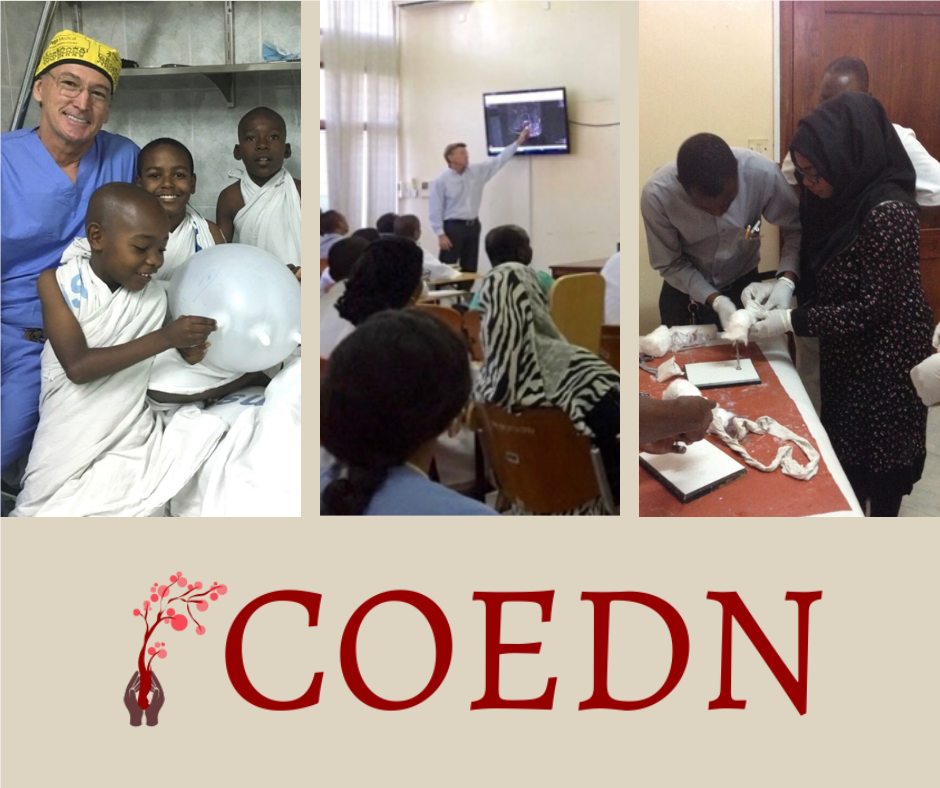
In many regions in Africa, children affected by orthopedic issues, be they present or birth or caused by disease, have shortened lifespans or are denied economic opportunities. One of our newest members, Dr. Mark Barry, spoke at our February 16, 2023 meeting about the efforts of the non-profit he founded in 2014, Children’s Orthopedics Education for Developing Nations (COEDN).
Dr. Barry said that typical approaches to addressing the orthopedic surgery needs of low-income countries would involve: (i) Large teams of surgeons that provide service in the country for 1-2 sessions/year; (ii) Sending the country's best clinicians to train in other countries, where they often remain; and (iii) MDs from high-income countries practice in the low-income country for several years. The mission of COEDN is different. It seeks to implement “train the trainers” programs in developing nations in Africa so that they themselves can train and maintain sufficient numbers of orthopedic surgeons.
Tanzania, a country with over 55 million people that had no active orthopedic surgeons who specialized in pediatric patients even though half the population was under 17 years-old, was the first area of focus for COEDN. The program engaged Vocational Training Teams (VTT), which committed to at least 4 weeks onsite. These VTTs comprised recently retired volunteer pediatric orthopedic surgeons from North America and Europe who had experience not only in surgery, but also in training clinicians in surgical and leadership skills. Training took place at the Muhimbili Orthopedic Institute (MOI) in Dar Es Salaam that serves as a national referral/training hospital. The goal was to train at least 2-3 fellows annually who come from countries in East, Central and Southern Africa. The program offers advantages in that fellows train (and stay) in-country and can be the lead surgeons on all cases, rather than simply observers.
Dr. Barry showed several examples of the difference COEDN-trained fellows can make. Children with untreated clubfoot were able to walk on the soles, rather than the sides of their feet or their toes. They have also treated children whose joints were destroyed by infection, and scoliosis cases that had up to 86˚ (nearly a right angle) curvature in the spine that compromised not only walking but also breathing.
There are plans to expand the work of the COEDN to other low-income nations in Africa. The International Services committee has already committed funds to help replicate the COEDN model in Rwanda, and Global Grant opportunities are also being explored.